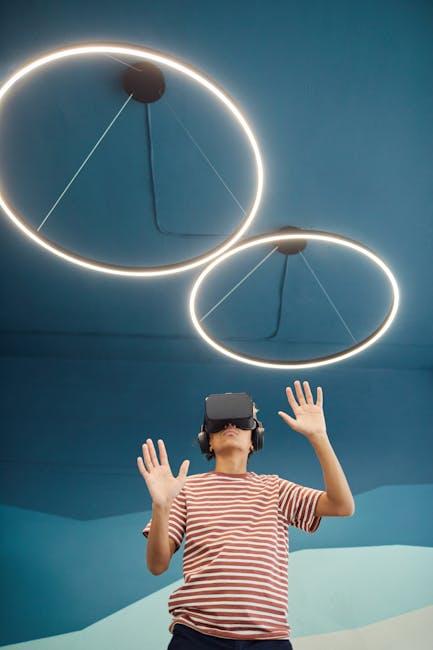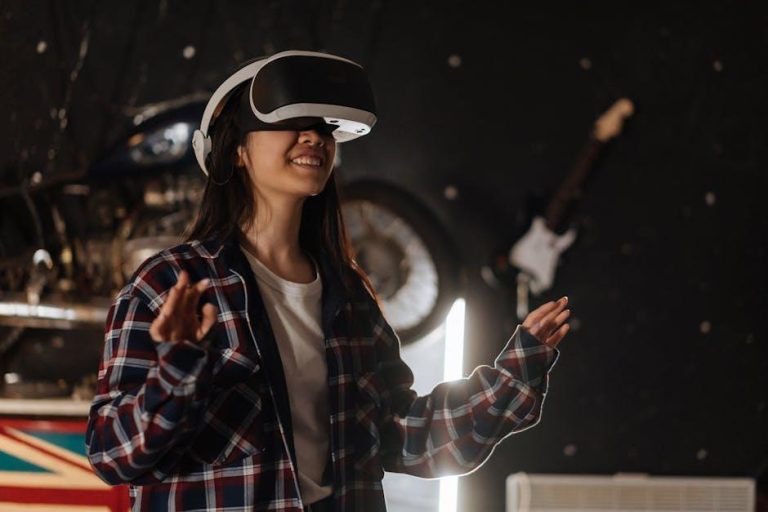
Efficacy of Virtual Reality Hypnosis versus Conscious Sedation with Nitrous Oxide in Managing Dental Anxiety in Pediatric Dentistry: Protocol for a Prospective Randomized Controlled Trial – BioMed Central
Dental anxiety is a common barrier to providing effective dental care among children. Pediatric patients often experience fear and anxiety during dental visits, which can compromise treatment outcomes and long-term oral health. Traditional sedation methods, such as conscious sedation with nitrous oxide (N2O), have been widely used to alleviate anxiety and improve patient cooperation. However, recent advances in technology suggest an alternative — virtual reality hypnosis (VRH) — as a promising, non-pharmacological tool for anxiety management.
This article delves into the protocol for a prospective randomized controlled trial recently published in BioMed Central, comparing the efficacy of VR hypnosis versus conscious sedation with nitrous oxide in pediatric dentistry. We’ll explore the study design, potential benefits, and practical implications for dental professionals and parents alike.
Understanding Dental Anxiety in Pediatric Dentistry
Dental anxiety is an emotional response to anticipated dental procedures, common in children due to fear of pain, unfamiliar environments, and invasive instruments. Effects of unmanaged anxiety include:
- Increased patient non-cooperation
- Delayed or avoided dental appointments
- Greater procedural difficulty and longer appointment times
- Negative impact on oral health trajectories
Addressing pediatric dental anxiety is a priority to ensure positive dental experiences that foster lifelong oral health habits.
Conscious Sedation with Nitrous Oxide: The Current Standard
Nitrous oxide sedation, also known as “laughing gas,” remains a preferred sedation technique due to its rapid onset, minimal side effects, and anxiolytic properties. Key features include:
- Rapid onset and quick recovery
- Minimal respiratory depression
- Reduced anxiety and enhanced cooperation
- Non-invasive and adjustable sedation depth
However, it may not be suitable for all patients, especially those with respiratory issues or reluctance towards medical interventions.
Virtual Reality Hypnosis (VRH): An Emerging Alternative
Virtual reality hypnosis combines immersive VR environments with hypnotic suggestions to reduce anxiety and alter pain perception. Unlike pharmacological sedation, VRH leverages psychological distraction and relaxation techniques through technology. Benefits include:
- Non-invasive, drug-free anxiety management
- Potential to reduce procedural stress and pain
- Engaging immersive experience tailored to children
- Lower risk of side effects or medical contraindications
Study Protocol Overview: Comparing VR Hypnosis vs. Nitrous Oxide
| Aspect | VR Hypnosis Group | Nitrous Oxide Group |
|---|---|---|
| Study Design | Prospective randomized controlled trial | Prospective randomized controlled trial |
| Participants | Children aged 5-12 with dental anxiety | Children aged 5-12 with dental anxiety |
| Intervention | Immersive VR hypnosis sessions during treatment | Standard nitrous oxide conscious sedation |
| Primary Outcome | Reduction in dental anxiety levels (validated scales) | Reduction in dental anxiety levels (validated scales) |
| Secondary Outcomes | Patient cooperation, procedure time, side effects | Patient cooperation, procedure time, side effects |
The confirmed randomized controlled design ensures high-quality evidence to determine which method is more effective and feasible in pediatric dental settings.
Benefits of Virtual Reality Hypnosis in Pediatric Dentistry
Integrating VR hypnosis into pediatric dentistry offers multiple potential advantages beyond anxiety reduction:
- Enhanced Patient Experience: Immersive environments distract children effectively, making visits enjoyable.
- Reduced Need for Medication: Lowers dependency on pharmacological agents with side effects.
- Cost-Effective Long-Term: After initial setup, reusable VR content and devices reduce costs.
- Improved Behavioral Outcomes: Helps build positive associations with dental care, improving compliance over time.
Practical Tips for Dental Professionals Implementing VRH
- Choose Age-Appropriate Content: Tailor VR scenarios to children’s interests and developmental levels.
- Train Staff: Ensure dental team members understand device setup, use, and troubleshooting.
- Monitor Patient Responses: Observe behavior and comfort throughout treatment to adjust VR content or sedation if necessary.
- Communicate with Parents: Explain benefits and limitations of VR hypnosis and nitrous oxide sedation.
- Maintain Hygiene: Follow strict cleaning protocols for VR equipment between uses.
First-Hand Experience & Case Highlights
Many pediatric dentists who have integrated VR hypnosis report noteworthy experiences, such as:
- Children becoming more relaxed and cooperative before any procedure begins.
- Reduced gag reflex and movement during treatments.
- Parents expressing surprise and satisfaction with their child’s calm demeanor.
Case Example: A 7-year-old patient with severe dental anxiety underwent a restorative filling using VR hypnosis. The child was engaged in a themed VR forest adventure, which effectively distracted them. The procedure was completed with minimal interruptions, no sedation medications, and positive feedback afterwards.
Conclusion
This upcoming BioMed Central study protocols an exciting comparison between virtual reality hypnosis and traditional conscious sedation with nitrous oxide for managing pediatric dental anxiety. Both approaches have demonstrated efficacy in reducing fear, but VRH offers a modern, drug-free alternative with promising benefits for children’s dental experiences.
As pediatric dentistry evolves, incorporating innovative anxiety management tools like VR hypnosis could revolutionize patient care by improving cooperation, reducing treatment times, and fostering better oral health attitudes among children. Dental professionals and parents should closely follow results from this trial to make informed choices about integrating these techniques into routine practice.
Stay tuned for the study’s results, and consider the potential benefits of virtual reality hypnosis in your pediatric dental practice!


